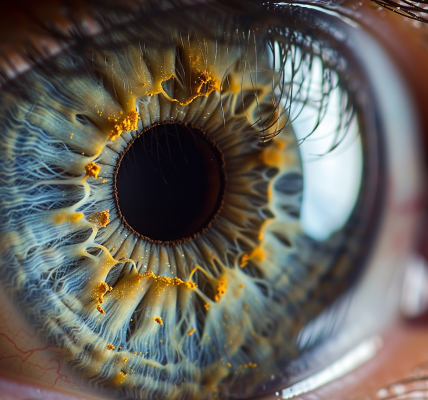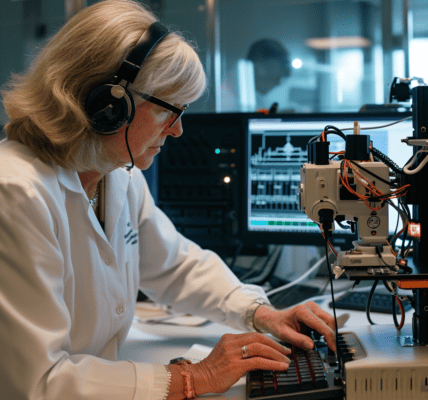Heatstroke is a serious condition that can strike quickly and be fatal at any age, according to Dr. Martin Scurr. Following the tragic death of Dr. Michael Mosley, it has become evident that everyone should be aware of the signs of heatstroke and how to protect themselves.
Dr. Mosley’s passing has shed light on the importance of being cautious about the risk of heatstroke, especially when in unfamiliar environments. Heatstroke occurs when the body is unable to regulate its temperature effectively, posing a threat to individuals of all ages and fitness levels.
While heat-related deaths among elderly or infirm individuals during heatwaves are not uncommon, even young and healthy individuals can fall victim to heatstroke, as seen with army recruits during training exercises.
Heatstroke happens when the body’s temperature exceeds the normal range, leading to a failure in the body’s cooling mechanisms. Unlike fever, which is a response to infection, heatstroke is a result of the body’s inability to dissipate heat effectively.
When the body temperature rises above 40.5°C without an underlying illness, it is termed hyperthermia or heatstroke. Our body generates heat through various metabolic processes, and sweating is the primary cooling mechanism to lower body temperature.
However, in humid conditions, sweating may be less effective as the sweat evaporates slower. As the body temperature continues to rise, the central nervous system can malfunction, leading to fluid accumulation in the lungs and potential breathing difficulties due to lack of oxygen.
The impact of heatstroke is not limited to the respiratory system; it can also affect the heart muscle and disrupt the heart’s electrical activity. Therefore, it is crucial to recognize the signs of heatstroke and take preventive measures to avoid its potentially fatal consequences.





